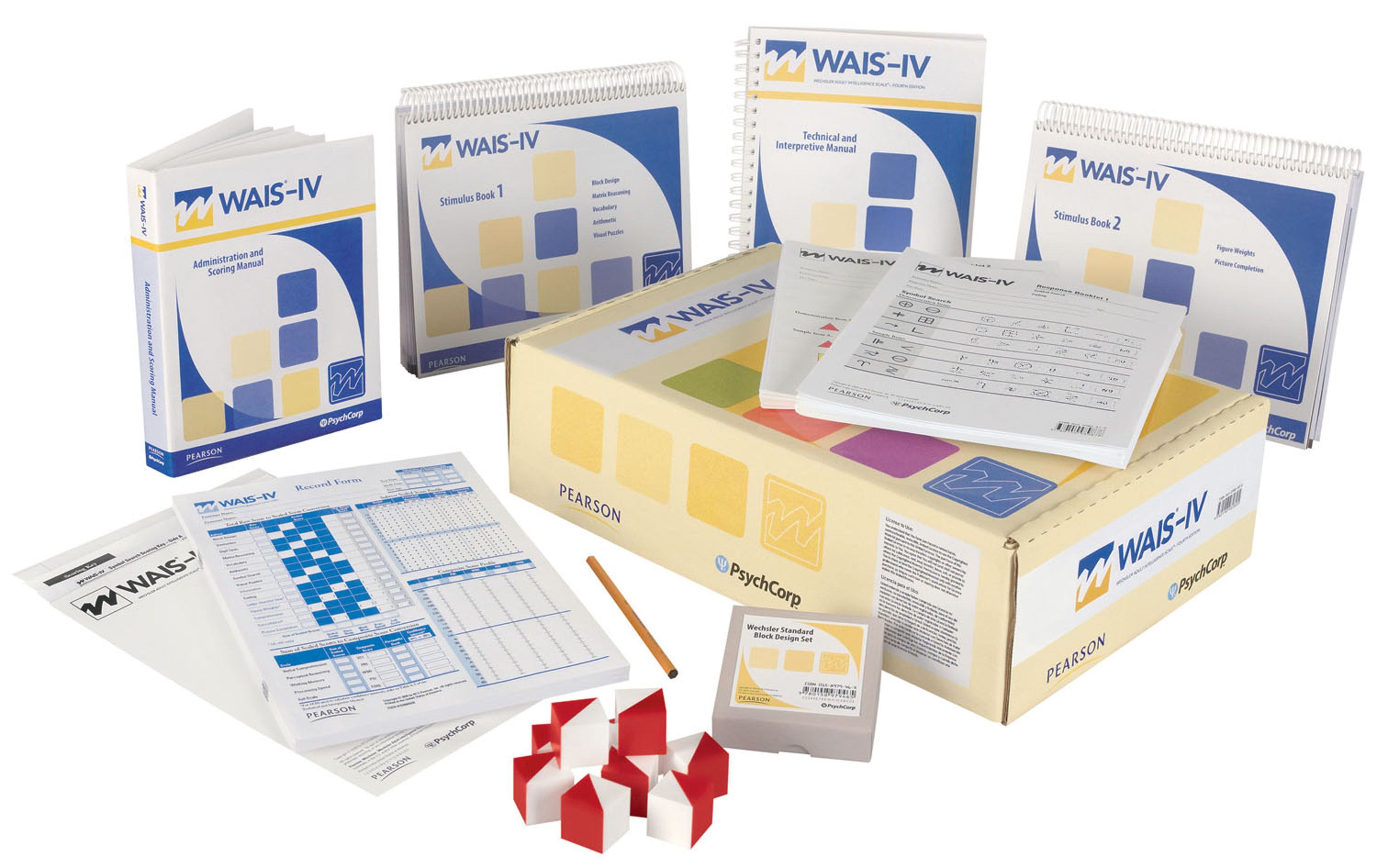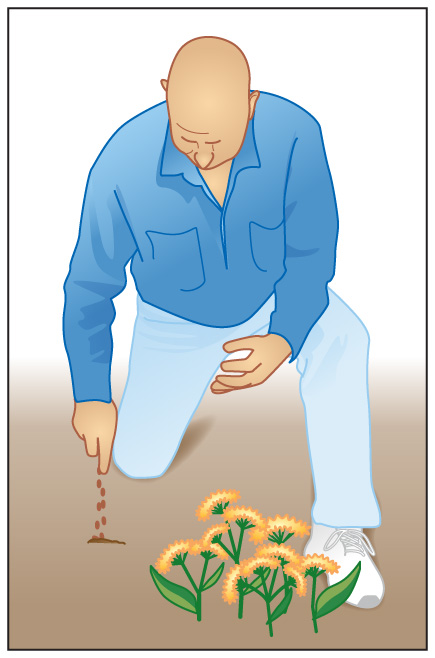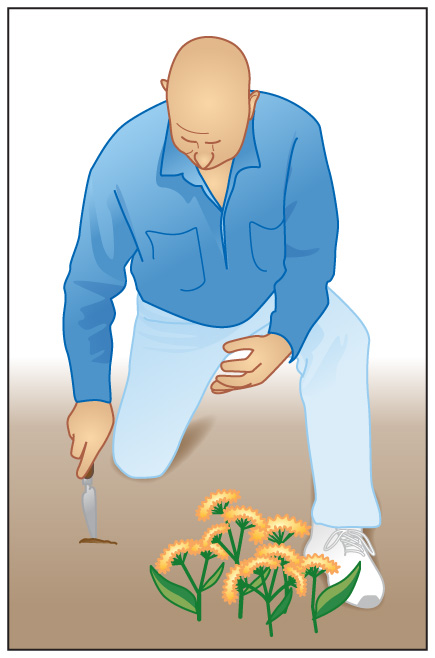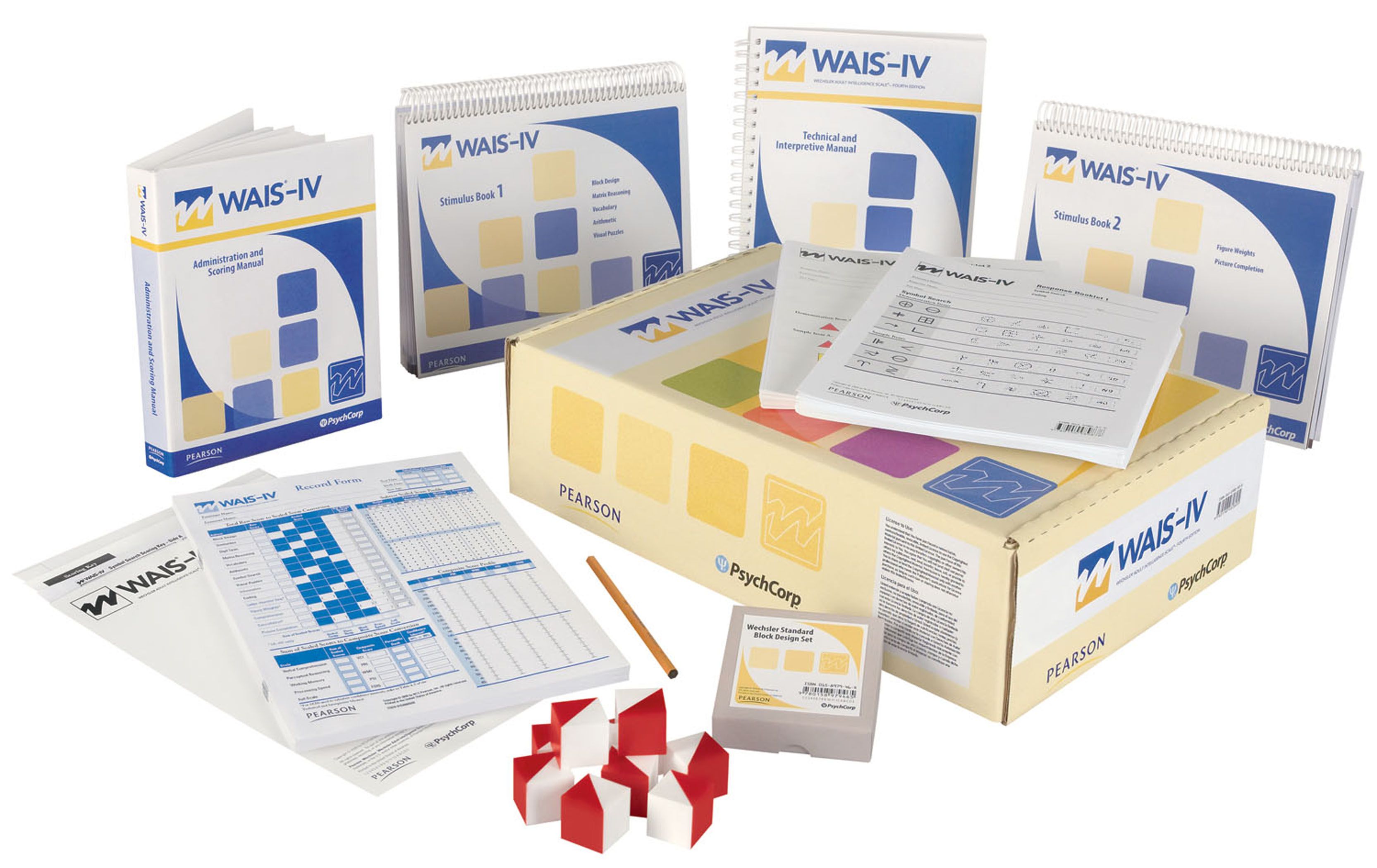Chapter 32. Wechsler Intelligence Tasks
Learning Objectives

Name each of the tasks used on the Wechsler Adult Intelligence Scale (WAIS).
Describe each of the tasks used on the Wechsler Adult Intelligence Scale (WAIS).
Review
Review
Select the NEXT button to continue with the Review.

1. In the mid-1900s, psychologist David Wechsler developed the Wechsler Adult Intelligence Scale (WAIS), which is now the most widely used individual intelligence test.
Review
Review
Select the NEXT button to continue with the Review.
2. In designing this test, Wechsler made an important distinction between verbal ability and performance (nonverbal) ability, and devised separate tasks to measure each type of ability. Scores on these individual tasks were then combined to produce an overall IQ score.
Review
Review
Select the NEXT button to continue with the Review.
| Information | Answer general-knowledge questions |
| Similarities | Explain analogies |
| Arithmetic | Solve math problems |
| Vocabulary | Define words |
| Comprehension | Explain common proverbs or situations |
| Digit Span | Repeat a list of numbers |
3. The Wechsler Adult Intelligence Scale (WAIS) contains six verbal subtests. These tasks measure a person’s ability to understand and remember words and numbers, and to solve problems involving words.
Review
Review
Select the NEXT button to continue with the Review.
| Picture Completion | Identify the missing part of a picture |
| Picture Arrangement | Organize pictures to tell a story |
| Block Design | Arrange blocks to match a design |
| Object Assembly | Arrange puzzle pieces in a picture |
| Digit Symbol | Use a code to translate symbols |
4. The Wechsler Adult Intelligence Scale (WAIS) contains five performance (nonverbal) subtests. These tasks measure a person’s ability to understand and remember visual information, and to solve problems involving pictures and objects.
Review
Review
Select the NEXT button to continue with the Review.
| Information | Answer general-knowledge questions |
| Similarities | Explain analogies |
| Arithmetic | Solve math problems |
| Vocabulary | Define words |
| Comprehension | Explain common proverbs or situations |
| Digit Span | Repeat a list of numbers |
| Picture Completion | Identify the missing part of a picture |
| Picture Arrangement | Organize pictures to tell a story |
| Block Design | Arrange blocks to match a design |
| Object Assembly | Arrange puzzle pieces in a picture |
| Digit Symbol | Use a code to translate symbols |
5. On the next pages, you will try your hand at sample questions and tasks similar to the items on each of the 11 Wechsler Adult Intelligence Scale (WAIS) subtests. Don't worry too much about how well you do on these questions. This small sample of items would not be considered a valid test of your intelligence, so you won't even receive a score at the end!
Review
Review
Select the NEXT button to continue with the Review.

6. In the complete Wechsler Adult Intelligence Scale (WAIS), each subtest contains a large series of items arranged in order of increasing difficulty. We'll provide one sample for each subtest, adapted for computer presentation. Please note that none of these sample items is actually used on the WAIS.
Practice 1: Verbal Subtests
Practice 1: Verbal Subtests
Answer the question. Correct answers turn green; incorrect answers turn red. Then, select the “New subtest” button.
| Your answer: | Correct answer: |
|---|---|
| You recalled 0 numbers in the correct positions | That is 0 percent correct with 0 numbers |
Practice 2: Performance Subtests
Practice 2: Performance Subtests
Follow the instructions at the top of the screen. When the subtest is finished, select the “New subtest” button.
Study this picture and try to discover what important part is missing in the picture. Type your answer into the response box and select the "Finished" button to check your answer.

These pictures tell a story. Study the pictures until you understand the story, then drag the pictures into the correct order to match the story. Pictures dragged to incorrect locations will snap back.




The pattern at right can be formed from some combination of the blocks at the left. Select the appropriate blocks and drag them to the correct locations in the center square to from the pattern.

|

|
|

|

|
















This is a familiar object that has been cut into pieces. The piece marked with a red X is stationary. Drag the other pieces to their proper locations to reassemble the object.








Your task is to type the correct number into the box below each symbol. Select the "Finished" button to check your answer. To start the timer and begin the task, select the "Display code symbols" button.
| Code symbols | ∞ | ∅ | fi | Δ | ≈ |
|---|---|---|---|---|---|
| Code numbers | 1 | 2 | 3 | 4 | 5 |
| Test symbols | fi | Δ | ∞ | ∅ | ≈ | ∞ | Δ | ≈ | ∅ | Δ | ∞ | fi | ≈ | ∅ |
|---|---|---|---|---|---|---|---|---|---|---|---|---|---|---|
| Test numbers | ||||||||||||||
| Correct numbers | 3 | 4 | 1 | 2 | 5 | 1 | 4 | 5 | 2 | 4 | 1 | 3 | 5 | 2 |
Quiz 1
Quiz 1
Match the Wechsler Adult Intelligence Scale (WAIS) verbal subtests to their descriptions by dragging each colored circle to the appropriate gray circle. When all the circles have been placed, select the CHECK ANSWER button.
Quiz 2
Quiz 2
Match the Wechsler Adult Intelligence Scale (WAIS) performance subtests to their descriptions by dragging each colored circle to the appropriate gray circle. When all the circles have been placed, select the CHECK ANSWER button.
Conclusion
